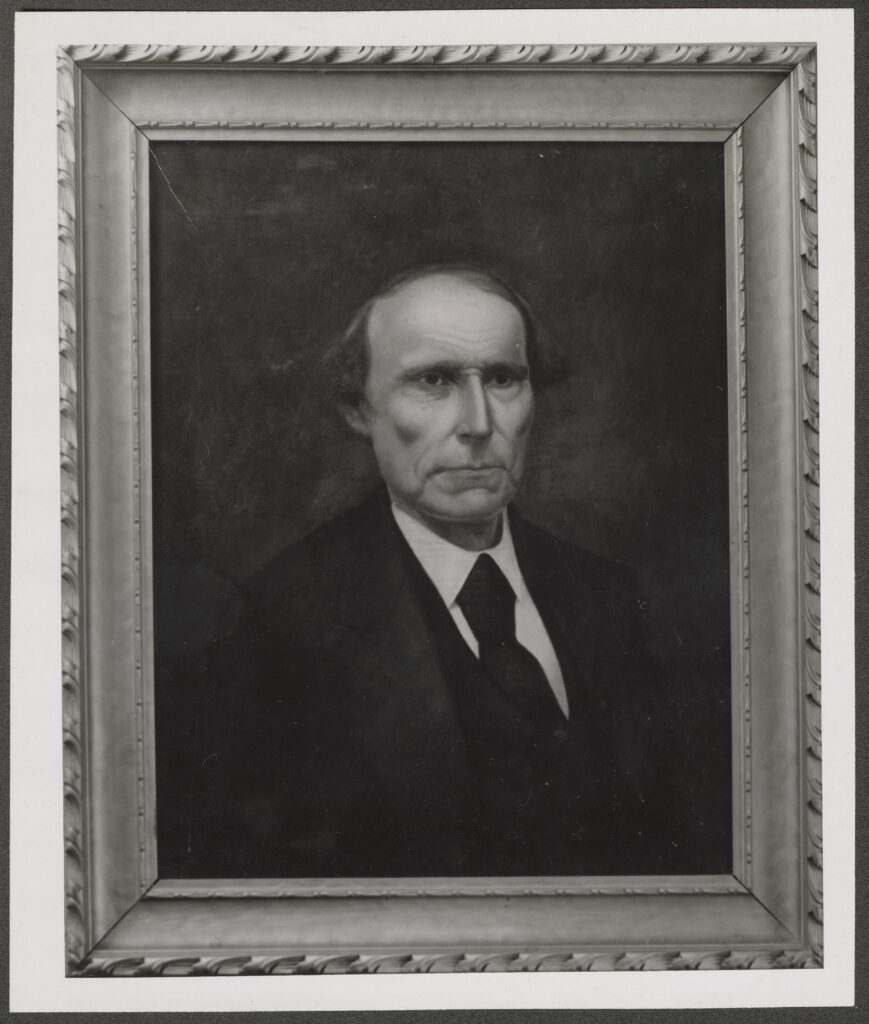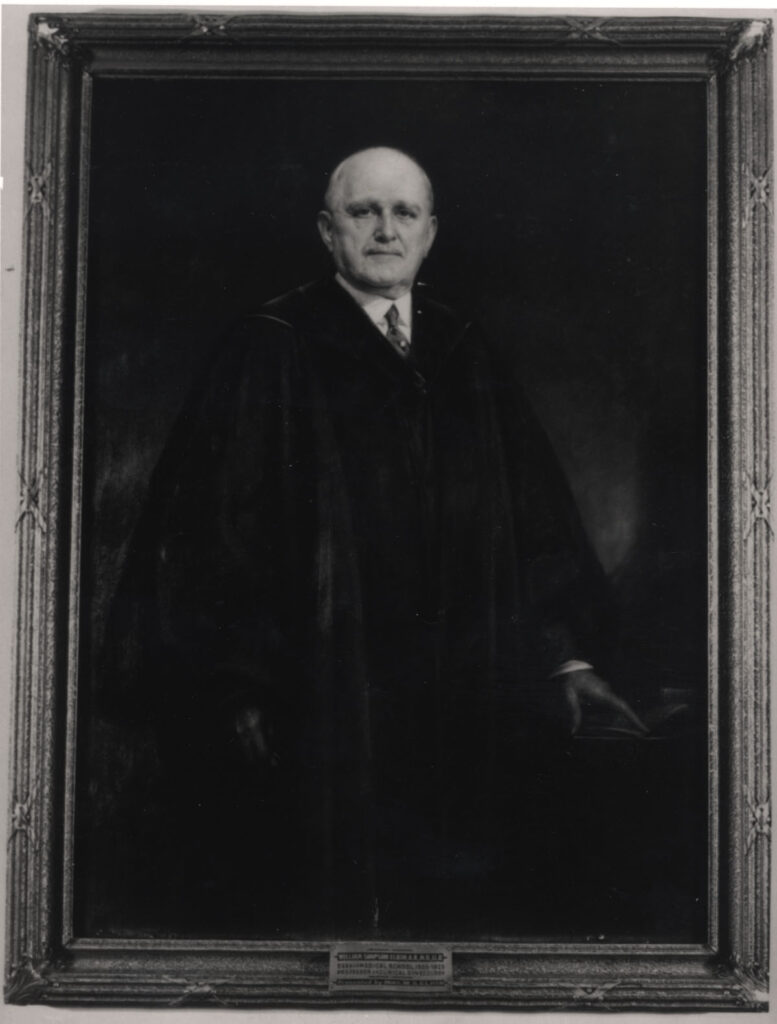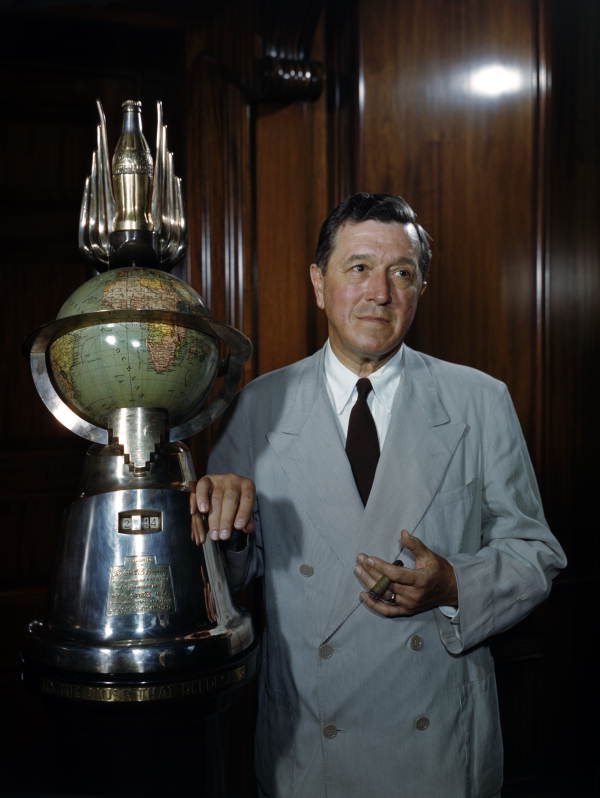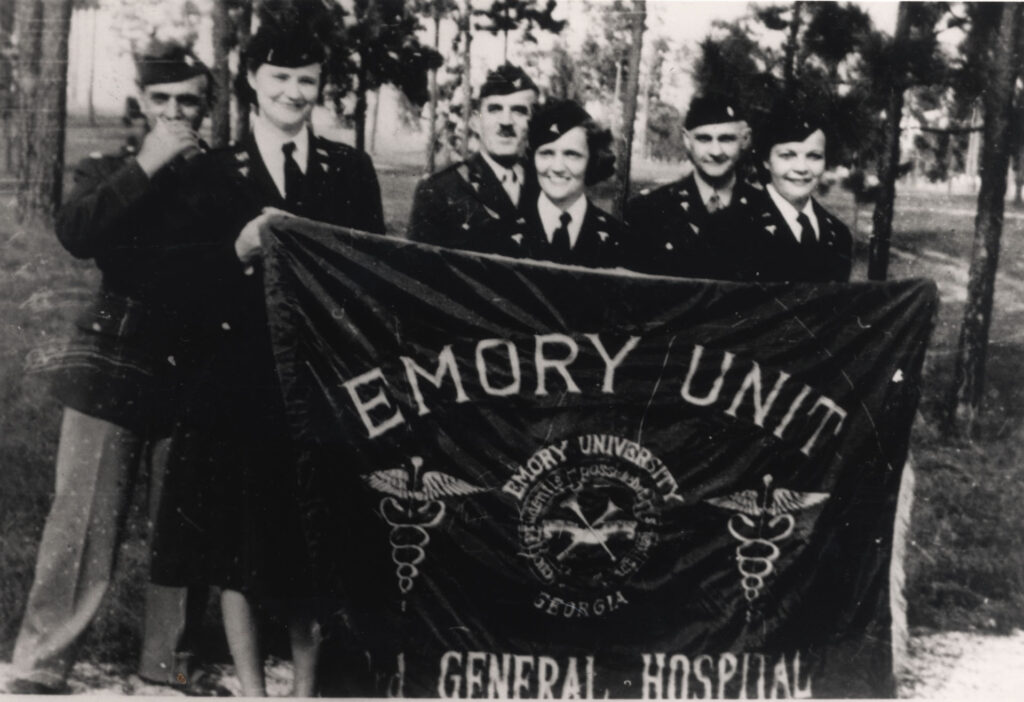Located in Atlanta, Emory University School of Medicine ranks among the nation’s finest institutions for teaching, patient care, and research. In 2003 it had more than 1,400 faculty, 450 students, and almost 1,000 interns and residents. Emory doctors are responsible for more than 2 million patient visits a year. The school’s long-term strengths in patient care and research include heart, stroke, cancer, eye, transplants, Parkinson’s, and infectious disease; areas targeted for growth include genetics, vaccines, and neurosciences.
Early History
When Atlanta Medical College, the forerunner of Emory’s medical school, was founded in 1854, medical education was primitive by today’s standards. Legal regulations for obtaining cadavers for dissection were still lacking, and grave-robbing, which was widespread in the first half of the 1800s, had not yet been entirely abandoned. Standards and curricula varied widely, and medical schools functioned hand-to-mouth, most relying for income solely on student tuition. Atlanta Medical College records show that one student paid his tuition with a horse to be sold for cash; the horse later sickened and then recovered but, alas, remained unsold. Students could complete their three courses of lectures, write a thesis, and take a three-day exam all in the space of a year. At the college’s first graduation in September 1855, thirty-one students received degrees.
Although medical knowledge was more limited, the seven members of the Atlanta Medical College faculty had much in common with their modern counterparts in their desire to test and improve prevailing wisdom. For example, the college’s first dean, John Westmoreland, pioneered research in yellow fever and once slept beside stricken patients to prove his theory that the mosquito-borne disease was not spread by human contact. With his brother Willis, he founded the Atlanta Medical and Surgical Journal. He also helped found Atlanta’s first medical society, the Brotherhood of Physicians, responsible for establishing a local medical code of ethics. Particularly in the hard times after the Civil War, he donated many hours of medical service to Atlanta citizens, setting an example followed today by Emory faculty at Grady Memorial Hospital.

Courtesy of Stuart A. Rose Manuscript, Archives, and Rare Book Library, Emory University.
Atlanta Medical College found firmer financial footing after it obtained public funding for a building, erected in 1859, on land donated by the philanthropist Lemuel P. Grant (who also donated the land for Atlanta’s Grant Park). The school received $5,000 from the city of Atlanta to renovate the building after it was damaged in the Civil War. Faculty had heated differences of opinion about how this money should be spent—so heated, in fact, that the parties involved came to blows. As a result, the college split in two, and Southern Medical College emerged in 1878. The two schools eventually located next to each other, close to Grady Hospital, which was built for the care of charity patients in 1892. Between 1898 and 1913 the schools united, split again, and reunited, the final reunion due in large part to the scathing Flexner Report of 1910, which advocated widespread reform in medical education across the country and recommended that medical schools align themselves with universities. Accordingly, Atlanta Medical College transferred its buildings and financial holdings to Emory University on May 24, 1915.
Expansion
Affiliation with Emory brought immediate rewards, with support from Coca-Cola founder Asa Candler helping the university and the medical school alike. The new medical dean, William Simpson Elkin, soon got $250,000 for facilities and labs and donated $5,000 of his own money to the school as well.

Courtesy of Stuart A. Rose Manuscript, Archives, and Rare Book Library, Emory University.
While the main hub for clinical teaching remained at Grady (and still does), the medical school moved east to Emory’s campus in the Druid Hills neighborhood in 1917. A new hospital facility, also thanks to Candler, was built beside it in 1922. Originally called Wesley Memorial Hospital, it was renamed Emory University Hospital in 1932.
In the 1930s another Coca-Cola magnate, Robert Woodruff, took an active interest in medicine at Emory, giving $50,000 to establish a specialty clinic to treat cancer. He named the clinic, the forerunner of today’s Winship Cancer Institute, for his grandfather, who had died of the disease. In the 1940s Woodruff provided funds to expand the medical faculty, and in the 1950s he funded a new clinic for Emory, where patients in the region could get cutting-edge care without traveling far away. Income from the clinic also helped the medical school hire more scientists to build Emory’s reputation in research. Woodruff continued to help Emory throughout his life, and the Woodruff family of foundations continues to do so.

Image from oaktree_b
Meanwhile, Emory’s growing reputation was attracting affiliations in research and patient care. In 1939 Crawford Long Hospital was ceded to Emory, providing a facility in Midtown Atlanta for teaching and patient care. Wesley Woods Center, for geriatric care, was established next door to Emory’s campus in 1954. In 1956 the university procured from Yale University in Connecticut the Yerkes National Primate Research Center. The Henrietta Egleston Hospital for Children (later Children’s Healthcare of Atlanta), founded in 1912, came to campus in 1959. The Centers for Disease Control and Prevention was built next to Emory in 1960. A new facility for the Atlanta Veterans Affairs Medical Center opened its doors just east of campus in 1966. And in 1989 the American Cancer Society moved its national headquarters next to campus and added its library holdings to Emory’s own.
In 2007 the Emory School of Medicine received a $32.8 million contract from the National Institutes of Health to establish a Center of Excellence for Influenza Research and Surveillance. The center is one of six in the nation with the mission to study various aspects of the influenza virus, including its transmission, adapatability to new hosts, and response to new vaccines. The University of Georgia received a subcontract in the award to Emory, and the Georgia Research Alliance committed $2.5 million over five years to the center.
Milestones
The succession of decades brought other achievements as well. Emory doctors performed a series of “firsts” for Georgia: corneal transplant (1947), aortic valve replacement (1963), kidney transplant (1966), coronary bypass surgery (1970), liver transplant (1987), pediatric heart transplant (1988), kidney-pancreas transplant (1989), and islet cell transplant for type 1 diabetes (2003). In 1987 Emory physicians implanted the country’s first coronary stent (a tubelike object that helps keep arteries open and is now used commonly in treating coronary blockage). In 1998 Emory doctors performed the world’s first transplant of umbilical cord blood from an unrelated donor to cure a case of sickle cell disease.
There were other kinds of milestones too. In both world wars Emory organized a medical unit of doctors to care for the wounded behind front lines. In World War II (1941-45) the Emory unit established one of the military’s first intensive care unitsas well as a recovery room for patients after surgery. Recovery rooms were so successful that they were adopted for civilian use and opened at Emory, Grady, and the Atlanta Veterans Affairs Hospitals after the war.

Courtesy of Stuart A. Rose Manuscript, Archives, and Rare Book Library, Emory University.
Emory’s medical school admitted its first female student (Elizabeth Gambrell) in 1943 and its first African American student (Hamilton Holmes) in 1963. Dr. Asa Yancey Sr. became Emory’s first African American faculty member in 1958. In 1978 Emory helped Morehouse College School of Medicine inaugurate its first class of freshmen, training these students in their third and fourth clinical years at Grady until Morehouse could establish clinical training of its own. In 1975 Emory’s medical school began a master’s program in community health, which evolved in 1990 into a school of public health, since named for its benefactor, O. Wayne Rollins.
Legacy
Emory’s medical school has come a long way from the Atlanta Medical College of 1854. Admission is very competitive, with more than 5,000 student applicants vying each year for 112 first-year positions. Half of today’s students are women, and underrepresented minorities account for more than 25 percent of the student population. The four-year curriculum is divided into two parts: basic science subjects are covered in the first two years, and clinical teaching is the focus of years three and four. The first two years are not spent entirely in lecture halls, however, as was the case in decades past. Patient-centered teaching is at the heart of all the students’ work, and they begin interacting with patients as early as two weeks into their first semester.
Basic science faculty (Ph.D.’s or M.D./Ph.D.’s) teach the science of medicine, in such subjects such as physiology, cell biology, microbiology, immunology, pharmacology, biochemistry, and genetics. Clinician faculty (M.D.’s or M.D./Ph.D.’s) teach how to diagnose and treat disease, and their “classroom” is usually at the patient’s bedside—at Grady Memorial Hospital and other patient facilities that are either owned by or affiliated with Emory.
Emory students regularly perform well on national board exams and are highly sought after when they graduate. More than one-fifth of the doctors in Georgia are alumni of Emory.











